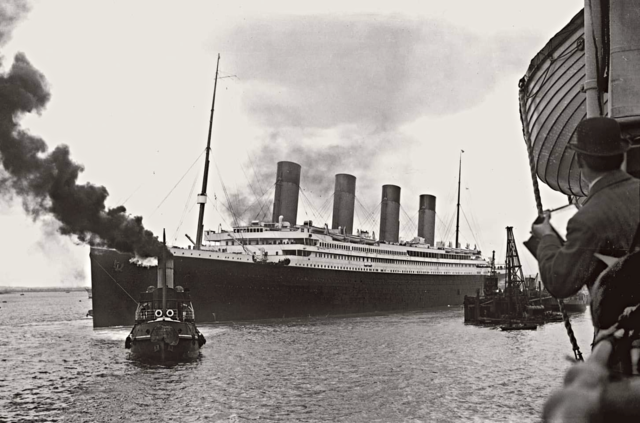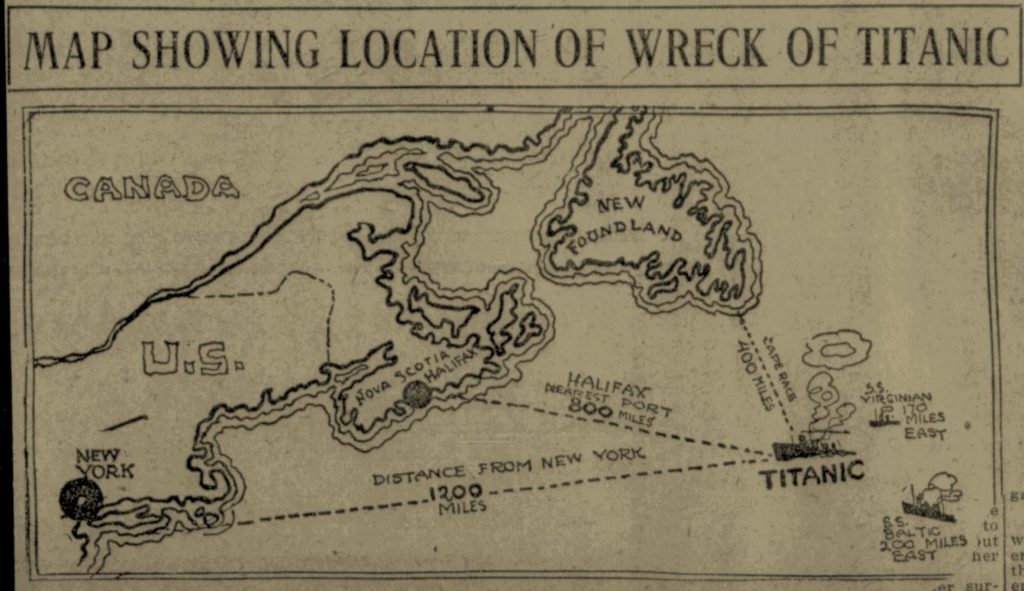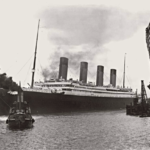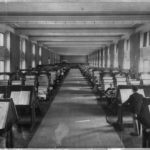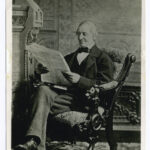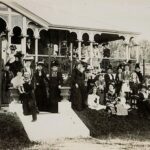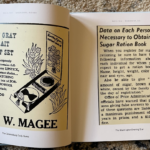Claimed to be the “New Monarch of the Seas” by the Detroit Times on March 1, 1912, the Titanic was preparing for her maiden voyage. Coming in at a whopping cost of $7.5 million dollars, the White Star Line touted their new colossal ship worldwide with details like her dual 50,000 horsepower engines, 45,000 tonnage, a length 100 feet greater than any competitor liners, and the ability to accommodate 5,000 passengers.
Little did they know that in a month’s time, the Titanic would be sitting on the bottom of the Atlantic Ocean in its permanent grave. It would take more than 70 years for the Titanic to be found. In 1985, a team of French and American scientists finally located the wreckage.
More than a century later, the sinking of the Titanic continues to fascinate people of all ages. What happened that fateful night? And the tragic days and weeks that followed?
You think you know the story. Be prepared to learn something new today.
The Titanic was built in Belfast, Ireland and from there made its way to Southampton, England. It set sail with its passengers and crew on its maiden and only voyage on April 10, 1912. Late on the night of April 14, the ocean liner hit an iceberg which sealed its fate.
The Standard newspaper of London shared the devastating news with its readers by including over a page of headlines about the fateful crossing. This particular issue has lists of survivors and those unaccounted for as of April 17. One of the small snippets exemplifies the extreme loss of life of those in steerage, but no list was included like those of the first and upper-class passengers.
The Anaconda Standard highlights the impending arrival of the Carpathia to New York. The whole world was on pins and needles waiting for word from the “refugees” and their stories about the ship’s sinking. This issue includes an incomplete list of the rescued passengers, a picture of the Titanic’s boilers, and a short piece emphasizing the concern on the number of lifeboats it carried.
A month after the events, relief was underway in several forms. According to The New York Times, Ismay had issued a “widow” fund for women who had lost husbands that were sailors aboard the Titanic. There were two additional funds established for survivors and the relatives of victims by the mayor and the Red Cross. One widow was suing the Oceanic Navigation Steamship Company, also known as the White Star Line, for the loss of effects and the loss of her husband, $4,000 and $15,000 respectively.
Did you know? The bodies of the dead retrieved from the icy waters of the Atlantic were taken aboard a ship called the MacKay-Bennett to be transported to Halifax. Relatives of victims waited with bated breath in the hopes that the 10% of unidentified bodies might possibly be their loved ones.
Sometimes it’s more than the writing that makes something interesting in a newspaper. If you are a visual person, The San Antonio Light has outstanding graphics and pictures from the sinking. It includes a picture of the Carpathia, which picked up the survivors from the lifeboats. There is a picture of an iceberg as a reference to the one hit by the Titanic and a map showing the location of the wreckage.
To live the disaster through the newspapers of yesteryear is an experience that will leave a lasting impression on you. For more articles about the Titanic disaster, try a 7-day free trial of NewspaperArchive.com today.
